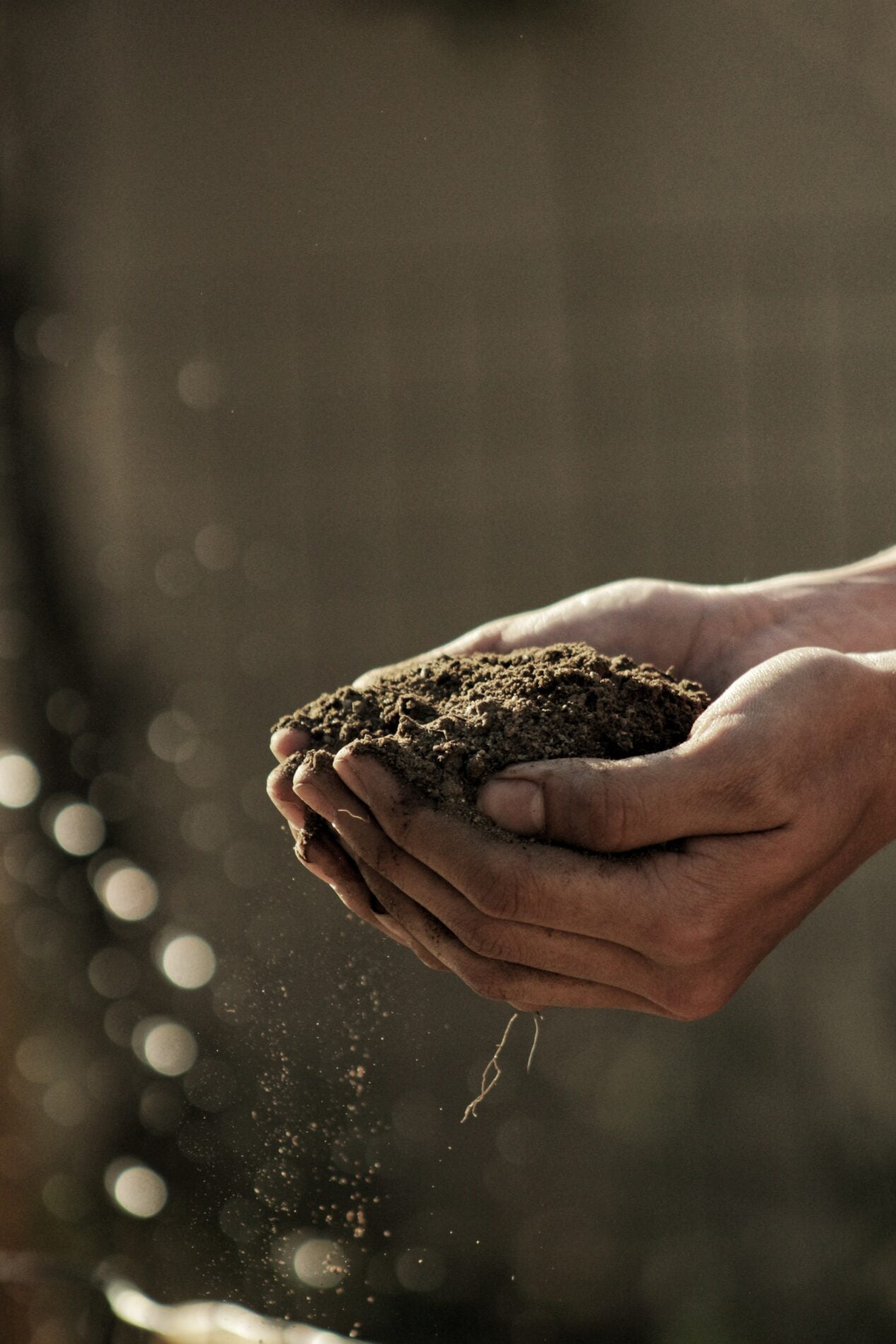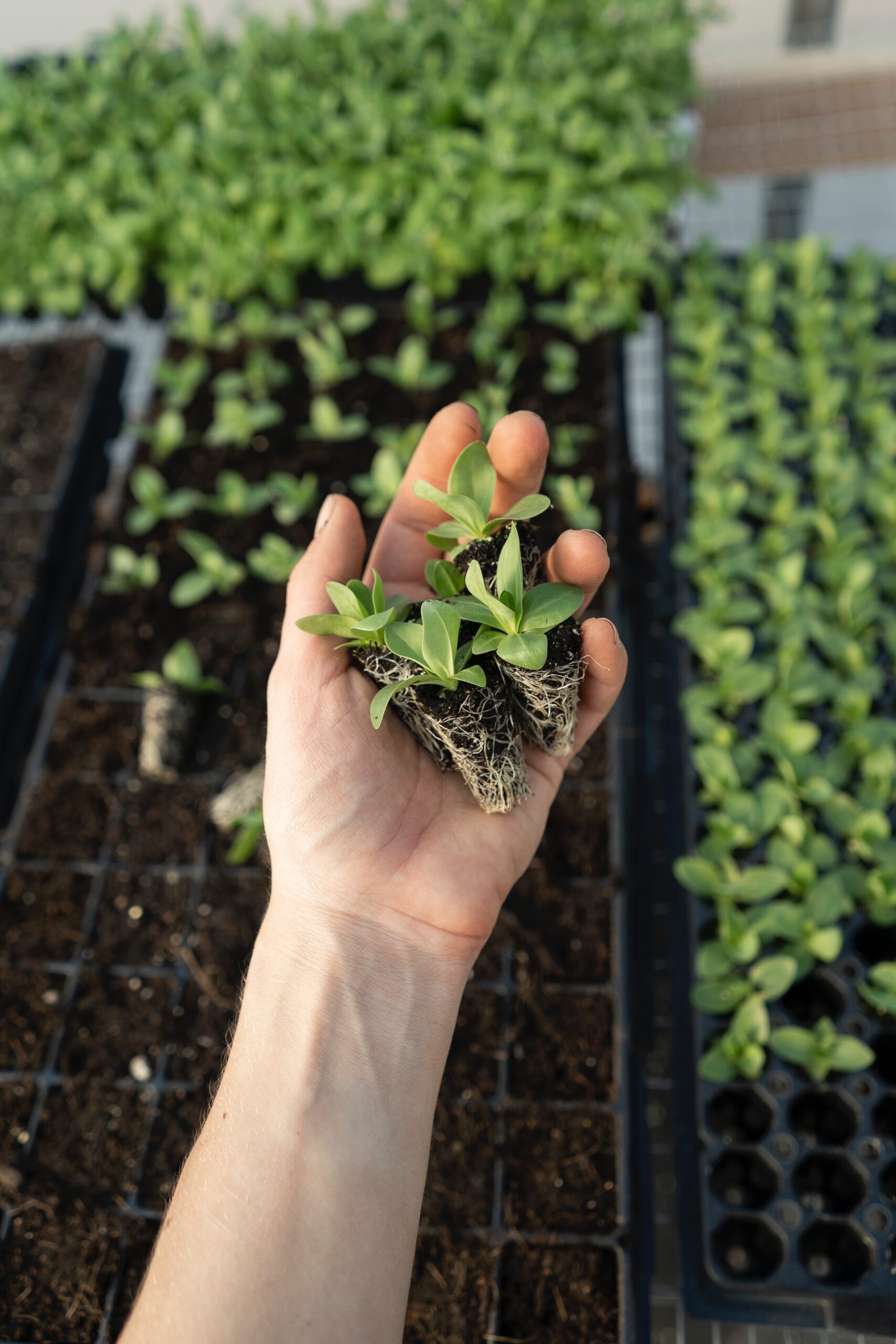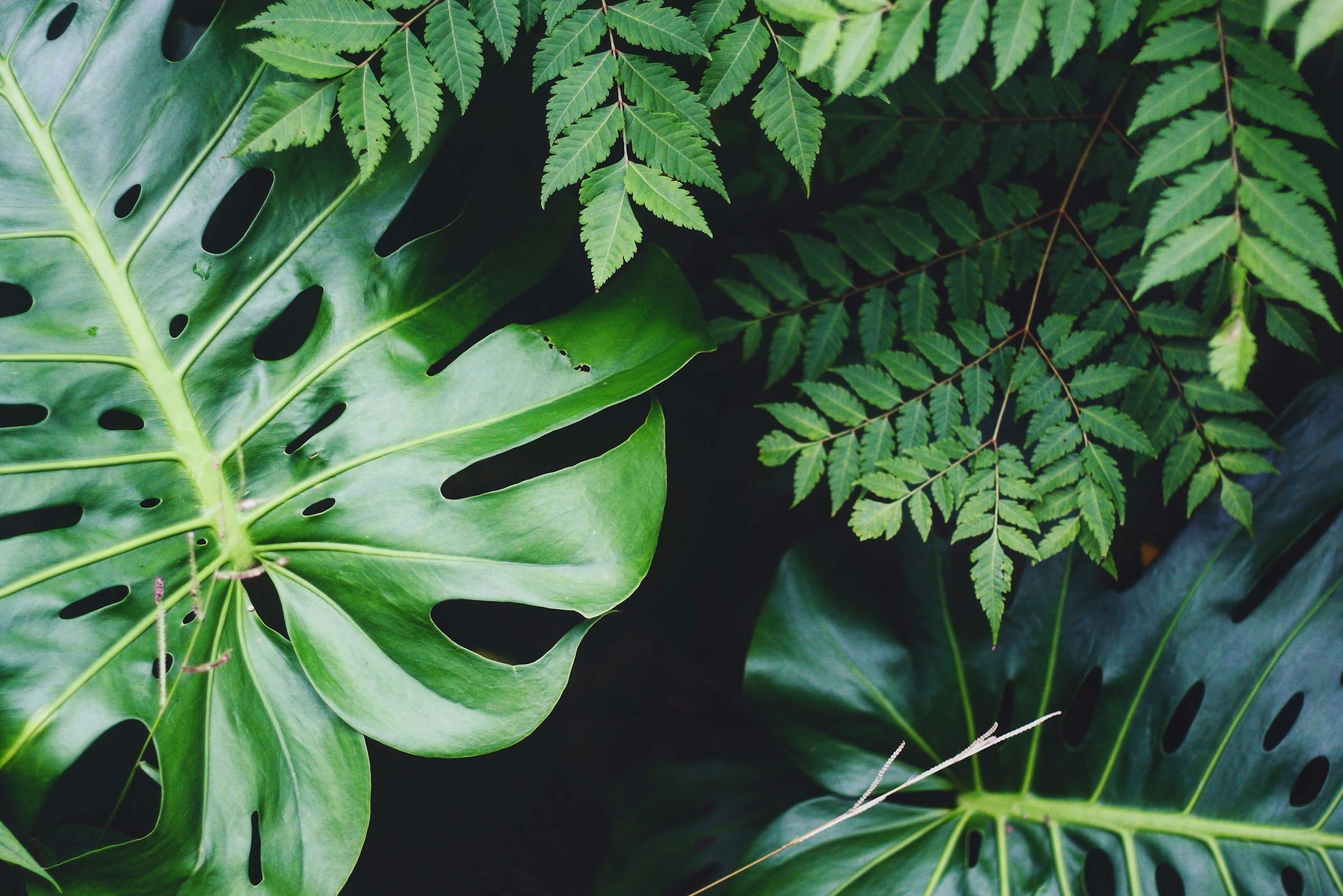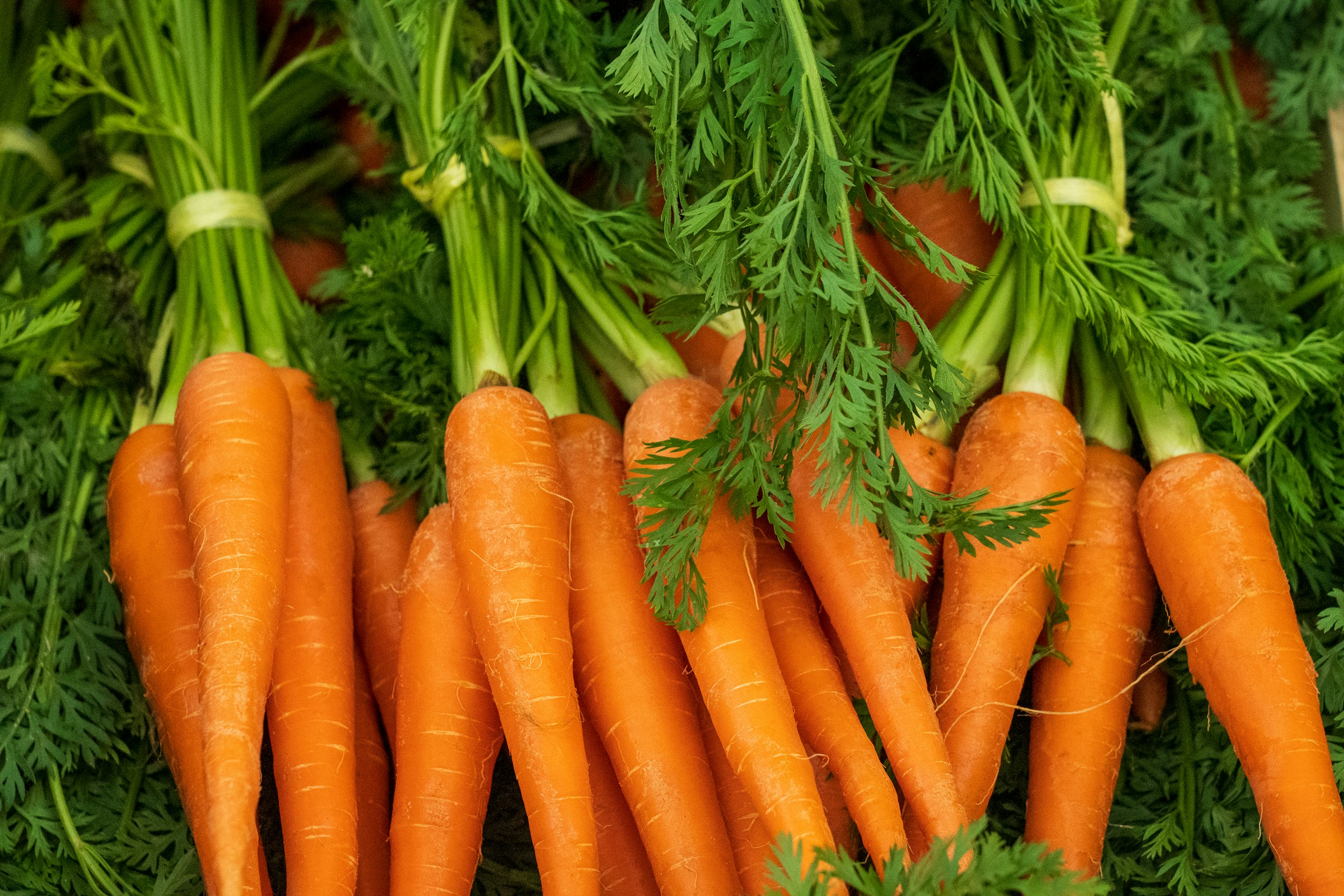What if I told you there's a type of soil that's perfect for growing most plants, has excellent water retention, and is packed with nutrients? Sounds like a gardener's dream, right? Well, it's not a fantasy—it's loam soil. In this comprehensive article, we'll dive into the world of loam soil and explore its benefits, characteristics, and how to make the most of it in your garden.

What is Loam Soil?
Loam soil is a mixture of sand, silt, and clay particles, with a typical composition of about 40% sand, 40% silt, and 20% clay. This magical combination creates fertile, well-drained, and easily worked-soil, making it ideal for growing a wide variety of plants. Gardeners, farmers, and agriculture enthusiasts love loam soil for its ability to balance water retention, aeration, and nutrient availability.
The Benefits of Loam Soil: A Deeper Dive
Loam soil is considered the most fertile soil type, offering numerous advantages for growing plants:
- Drought-resistant: Loam soil has excellent water-holding capacity, making it more resistant to drought conditions.
- Faster to warm up: In the spring, loam soil warms up faster than clay soils, allowing for earlier planting.
- Nutrient-rich: Loam soil holds nutrients well, making it fertile and ideal for plant growth.
- Good infiltration: Loam soil allows for good air and water infiltration, promoting healthy root growth and preventing waterlogging.
However, some loamy soils may contain stones that can affect the harvesting of certain crops.
Loam Soil in Action: More Examples of Crops That Thrive
Loam soil is suitable for growing a wide range of plants, including vegetables, fruits, flowers, and more. Some common examples:
- Tomatoes: Loam soil provides the perfect environment for growing large and flavorful tomatoes.
- Peppers: Peppers love the rich, organic nutrients found in loam soil.
- Green beans: These beans grow well in loam soil due to their loose structure and good water drainage.
- Cucumbers: Cucumbers thrive in loam soil, which provides the ideal balance of moisture and nutrients.
- Onions: Onions grow well in loam soil, benefiting from their nutrient-rich composition.
- Lettuce: Loam soil provides the perfect growing conditions for lettuce, allowing for healthy growth and development.
- Carrots: Carrots grow well in loamy soil, which provides the right balance of moisture and nutrients.
- Strawberries: Loam soil is ideal for growing strawberries, providing the perfect balance of water retention and drainage.
- Blackberries and blueberries: These fruits also grow well in loam soil, benefiting from their nutrient-rich composition.
How to Create and Manage Loam Soil:
While loamy soils are naturally ideal for growing plants, all soils need proper management to maintain their fertility and structure. Here are some tips for creating and managing loam soil in your garden:
- Add organic matter: Incorporate compost, well-rotted manure, or leaf mould to improve soil structure, increase nutrient availability, and enhance water retention. Organic matter also helps increase the soil's cation exchange capacity, allowing it to hold and release more nutrients.
- Test the soil: Determine your soil's pH and nutrient levels to ensure it's suitable for the plants you want to grow. You can use a simple test to check your soil's texture and identify if it's clay, sand, or loam.
- Avoid compaction: Be mindful of working with wet soil, which can lead to compaction and reduced aeration. To improve clay soil, dig up the soil to a depth of 30cm and add organic material such as compost or manure.
- Rotate crops: Practice crop rotation to maintain soil fertility and prevent the buildup of pests and diseases. It also helps balance the soil's nutrients and promote healthy plant growth.
- Add sand or granulated volcanic stone: To improve the structure of clay soils, consider adding sand or granulated volcanic stone. This helps break up compacted particles and allows air and water to move through the soil more easily.
- Mulch: Adding a layer of organic mulch can help prevent wind erosion on sandy soils and improve moisture retention in loam soils.
Following these tips, you can create and maintain healthy loam soil in your garden, ensuring optimal plant growth conditions.
Frequently Asked Questions:
Are there any disadvantages to using loam soil?
Some loamy soils may contain stones that can affect the harvesting of certain crops. However, loam soil is considered the most fertile and ideal for growing a wide variety of plants.
Can I use loam soil for raised beds?
Absolutely! Loam soil is an excellent choice for filling raised beds, as it provides the perfect balance of water retention, aeration, and nutrient availability for your plants
In Conclusion
Loam soil is a gardener's best friend, offering most plants the perfect balance of water retention, aeration, and nutrient availability. By understanding the benefits and characteristics of loam soil, you can create and manage the ideal growing environment for your garden, ensuring a bountiful harvest and a thriving landscape. So, go ahead and embrace the magic of loam soil—your plants will thank you!




